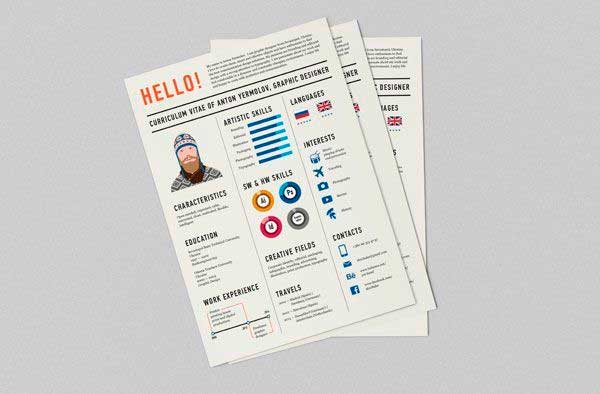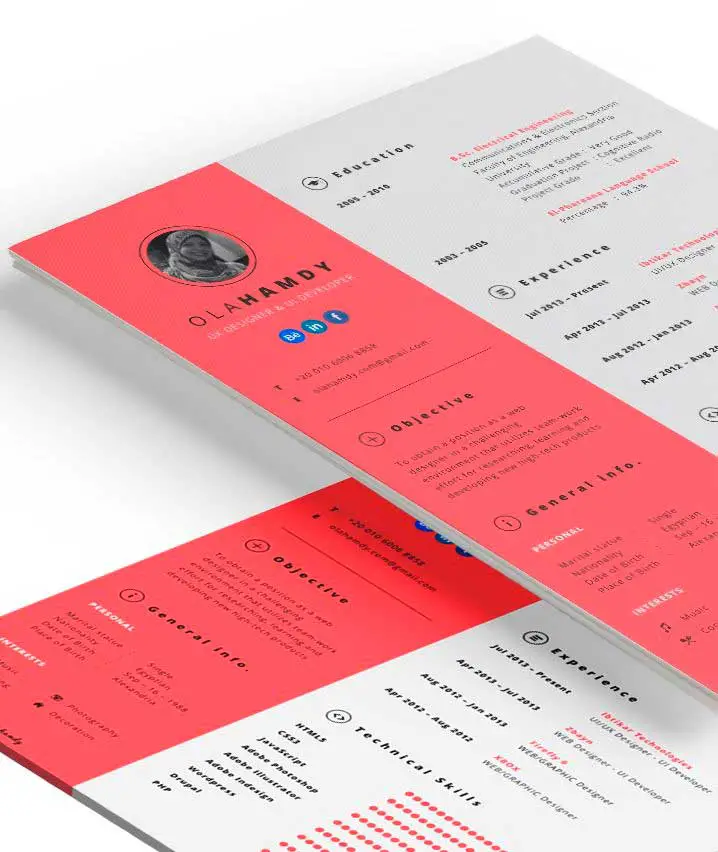Employers value your experience in training colleagues. So, mentioning this on your resume will be your competitive advantage. But how do you better highlight your coaching skills in the CV so HR managers notice them?
You can mention your employee training experience in these four sections of your resume:
- Summary
- Professional experience
- Skills
- Additional information.
Let’s check the motivation behind stating you’ve trained new employees in each resume part.
In your CV’s summary

The career profile or resume summary should highlight your knowledge and skills. This section consists of 3-5 sentences and goes at the top of the CV. It can be a paragraph or bullets with key ideas headed “Career Profile,” “Summary of Qualifications,” or simply “Summary.”
The summary is the first thing recruiters check; they usually read it entirely. So, you must adjust it to show you meet the role requirements. Mention the most relevant and remarkable qualifications and skills.
Your resume summary should be like an engaging introduction to an article. And once you catch recruiters’ attention with your CV’s career profile, they’ll read it.
Crafting your CV summary
Start the sentence or the bullet point with a relevant verb like “Trained,” “Coached,” “Mentored,” etc. If you’ve helped create training programs or worked out coaching initiatives, state this.
Define whom you taught (junior Python developers, trainees, salespeople, account managers, etc.). Add how many people you’ve trained; if you remember the approximate number, put a plus, like “20+”. For better readability, put numbers instead of words.
Add how the company benefited from your training and include some metrics. For instance, “Trained 30+ new customer service agents, which resulted in 20% faster processing of queries”.
In the work experience section

The section listing your jobs and duties is crucial for most recruiters. So, your working history should be easy to read, and it must stress your value to each employer.
A few examples of this resume’s part headings are “Employment History,” “Work Experience,” ” Career Profile,” or just “Experience” printed in bold or caps lock.
You’ll need to allow enough white space between each company you worked for. Once you have promotions, make sure to make all the roles noticeable.
Typically, work experience follows the Summary section and starts with your current job. The others follow in the reverse chronological order.
Adding your training experience to the work history
If your potential employer states coaching experience as a separate requirement, mention it in the Summary and Work Experience. This will help the recruiter learn more vital details and understand the context.
Use bullet points, start them with action verbs, and point out specific duties. It would be ideal to add achievements deriving from those duties and support them with numbers, where possible.
The same is true for the bullet with your training skills. It may sound like “Coached 10 new sales reps and increased deal closing rate by 5% within two months”.
As one of your skills

Professional skills can be hard and soft. Hard skills are the knowledge you gain as you complete education or training courses and during the work experience.
Soft skills are your traits, characterizing how you communicate, lead, and approach tasks. You can’t measure soft skills, while hard skills can be assessed.
As for your training of newly-hired employees or junior colleagues, it requires both types of skills. You need to have professional competencies you share with others and know how to approach your audience.
Does the ability to train colleagues belong to hard or soft skills?
You require public speaking, confidence, rapport-building, prioritization, adaptability, and other traits for running training sessions. So, list them in the soft skills section together with other characteristics.
You can add a short phrase like “Ability to train colleagues” or “Coaching new employees” in the Hard Skills part of your resume. However, you can only dive into a few details here to keep all the bullets of one size.
We’d recommend using this section as an additional source of information. So, describe your training experience more specifically as a job responsibility in the Career Profile part.
In the additional information
The final section of your CV can strengthen your position when applying for a job. Think of the Additional Information as an opportunity to complete your corporate image. So take the chance to promote your personal brand by treating this section as optional.
Applicants add speaking at conferences, understanding foreign languages, and issuing career-relevant publications. Certifications, affiliations, volunteer activities, and even hobbies can go to the final part of your resume, too. However, only relevant information will work for you.
For instance, once you’ve got formal recognition from your previous employers, mention this only if it relates to the vacancy’s requirements. Similarly, your yoga certification might be irrelevant if you apply for a Sales Manager position.
A few tips about mentioning training experience in the final section
If you have a certificate of a training and development specialist, add a point about this. State the year you received the document and the institution that issued it.
Awards should start with a year, followed by the title and explanation of what they were issued for. If your volunteering activities are connected to training people, briefly describe them.
However, avoid including religious, political, or personal information here. Also, remember that you only reinforce other qualifications by putting your training skills in the Additional Information alone.
So, if coaching experience is stated as a requirement, describe it in detail in the Work History.
To sum it up
When you want to highlight that you can train new employees on a resume, you need to state this information in several parts of your CV. Adding a brief description in the CV’s Summary and providing more details in the Work History section would be ideal.
If your training experience isn’t top-wanted competence for the role, add a one-sentence bullet in the Additional Information. This way, you show your readiness for this kind of work.

